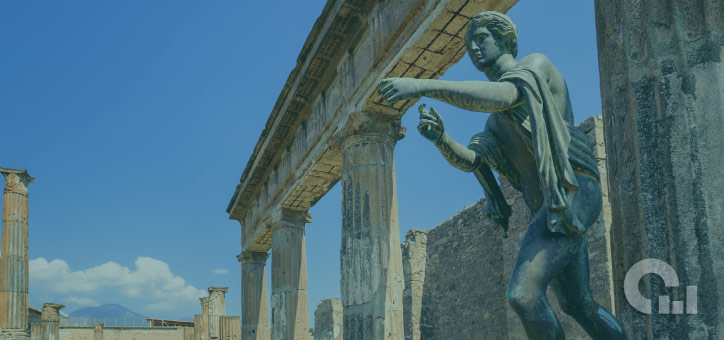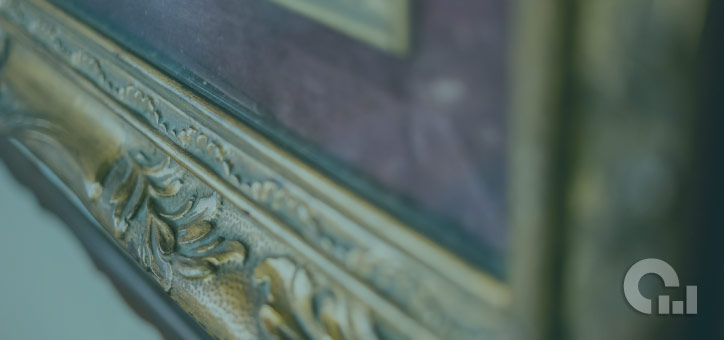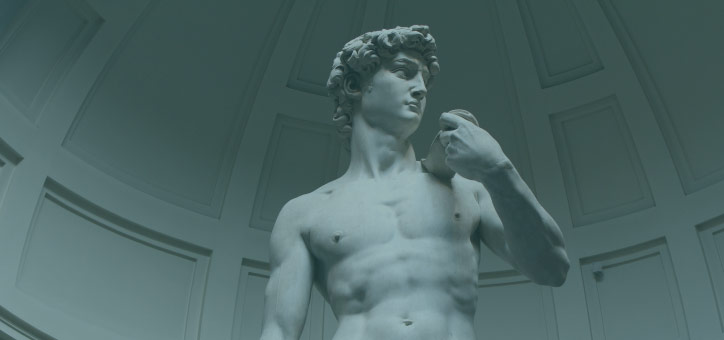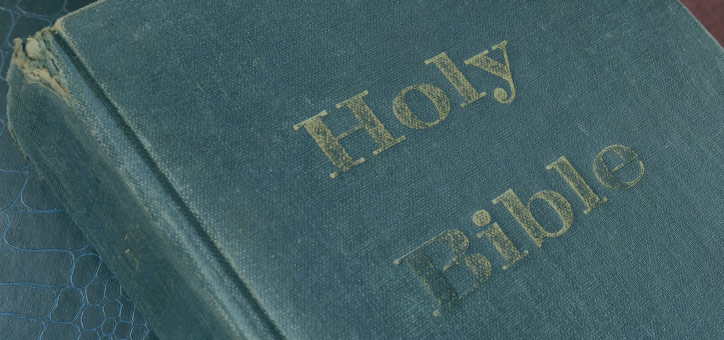Viewing the whole of human history through its creative output, art history is a fascinating field of study that prepares graduates for any number of great careers.
From graduates with associate’s degrees to PhDs, students of art history not only learn to put movements in art, artistic styles, and genres in the grand sweep of history, but they also graduate well-equipped in cultural understanding.
Cultural Understanding
To understand art is to understand the culture from which that art originated. Through the study of art history, students gain a deeper understanding of politics, religion, and economics, and how all those forces come into play in the production of the art. Art history programs, both online and in person, cover not only Western and contemporary art but also many other topics, such as:
- Asian and African Art Traditions
- Medieval Art
- Renaissance Art
- Classical Greek and Roman Art
- Ancient and Prehistoric Art
Other periods, styles, and genres covered in the study of art history include:
- Baroque (1600-1730)
- Rococo (1720-1780)
- Neoclassicism (1750-1830)
- Romanticism (1780-1880)
- Impressionism (1860-1890)
- Post-impressionism (1886-1905)
- Expressionism (1905-1930)
- Cubism (1907-1914)
- Futurism (1910-1930)
- Art Deco (1909-1939)
- Abstract Expressionism (1940s)
What’s more, the study of art history is not just limited to analyzing painting. Degrees in art history allow students to pursue passions and interests in the history and practice of photography, sculpture, animation, and drawing, among many other mediums.

Critical Thinking
Through the study of art history, students learn core tenets of critical thinking. Not only does art history teach how to look at art but also how to interpret the work, forming valid criticisms and analyses, including rational and convincing arguments for and in support of those critiques. Part of the education in critical thinking will raise questions like:
- Is the work of art rooted in any one specific tradition?
- Was the artist influenced or inspired by friends, contemporaries, or teachers?
- How did the materials available to the artist at the time influence the work?
- What role did race and gender play in the work in the context of the period in which it was created?
- Did the artist or their critics write or speak about the work, and what did they have to say?
- Was the work of art displayed or shown at the time of its creation, and what was the reaction?
As can be seen, there’s something for everyone in the subject of art history, and a solid grounding in cultural understanding and critical thought provided by the study of art history is relevant to many careers and to many avenues of study on the graduate level, including graphic design and art therapy. Some famous people who studied art history include Hollywood actress and lifestyle entrepreneur Gwyneth Paltrow, actor Eddie Redmayne, and Kate Middleton, the Duchess of Cambridge.
One of the most common career paths for an art history student is to become an archivist, curator, or museum professional. We’ll talk more about the exciting career choices in our next section.
What Can You Do With a Degree in Art History?
Although art history majors go on to work in a variety of fields, such as education, employment as an archivist, curator, or museum professional are among the most common. More good news is that, according to the Bureau of Labor Statistics, career opportunities such as these are expected to grow at a rate of 11% between 2019 and 2029, which is much faster than the average rate of growth in other professions, making it a great time to begin your education in art history.
Also according to the BLS, archivists, curators, and museum professionals earn about $52,000 a year, on average, and there are roughly 38,000 positions available across the U.S. In their work, archivists typically perform the following tasks:
- Authenticate, appraise, and preserve historical documents, archival materials, works of art, and other significant objects
- Create and manage systems to maintain and preserve digital and electronic records and archival material
- Administer policies and guidelines to public access of materials, archives, and records
- Seek new materials for the archives
- Direct staff working to arrange, exhibit, and maintain collections
Similarly, curators and other museum professionals handle the following duties in their line of work:
- Acquire, store, and exhibit collections, while also designing the theme of the exhibits
- Taking charge in terms of designing, organizing, and conducting public access to exhibits
- Promoting the institution at which they work
- Taking care of the objects in the exhibit through a variety of methods
Curators and museum professionals may also supervise staff while conducting and planning special research projects.

Art History: In Conclusion
The study of art history means more than just the study of art: it’s the study of culture, providing a solid framework for critical thought applicable to any number of industries. An art history education will cover a broad range of genres, artistic mediums, and creative periods, while also teaching students how to think critically and form and support valid arguments related to their interpretation of the art.
Art historians often continue their education with graduate and doctoral degrees in art history or related subjects, and one common career path for an art history major is that of an archivist, curator, or museum professional. More than anything, the topic of art history is a broad and all-encompassing topic with room for all sorts of people and with great potential for future employment.





